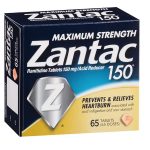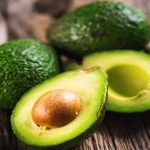
Butternut squash, Brussels sprouts and apples are all amazing fall superfoods and the perfect reason to get cooking. Cheap and versatile, butternut squash is loaded with fiber and vitamin A. For an easy butternut squash mash, cut the squash in half, discard the seeds and roast for about 1 hour at 350 degrees. Scoop out the flesh and mash with olive oil, chopped fresh rosemary, grated Pecorino cheese and salt. Roasting is also a great way to prepare Brussels sprouts, rich in vitamins C and K. Cut Brussels sprouts in half and saute with some olive oil in a large skillet over high heat until lightly browned. Then bake in a preheated 400 degree oven for eight to 10 minutes. Sprinkle with balsamic vinegar and chopped hazelnuts. Apples are a great source of hunger-busting fiber, and apples baked in a slow-cooker make for a fabulous, filling dessert that’s quick to prepare. Easy-As-Pie Baked Apples 1/4 cup brown sugar 1/4 cup chopped walnuts, pecans, raisins or prunes 2 tablespoons butter 1 teaspoon cinnamon 6 Gala or Macintosh apples 1/2 cup apple juice or cider 2 tablespoons orange liquor (optional) In a large bowl, mix the sugar, walnuts, butter and cinnamon to make a filling. Using a grapefruit spoon with sharp edges, a melon baller or a small paring knife, core most of the way through each… read on >





























-300x200.jpg)







-300x169.jpg)
